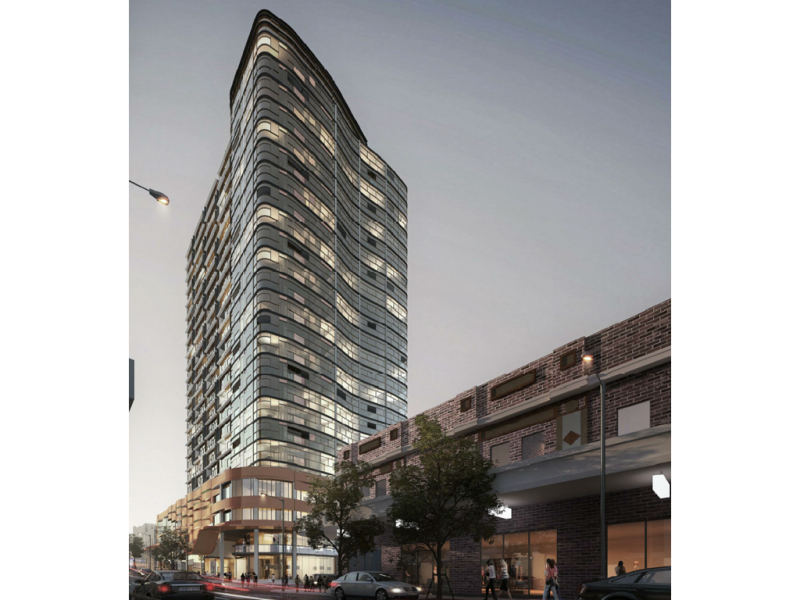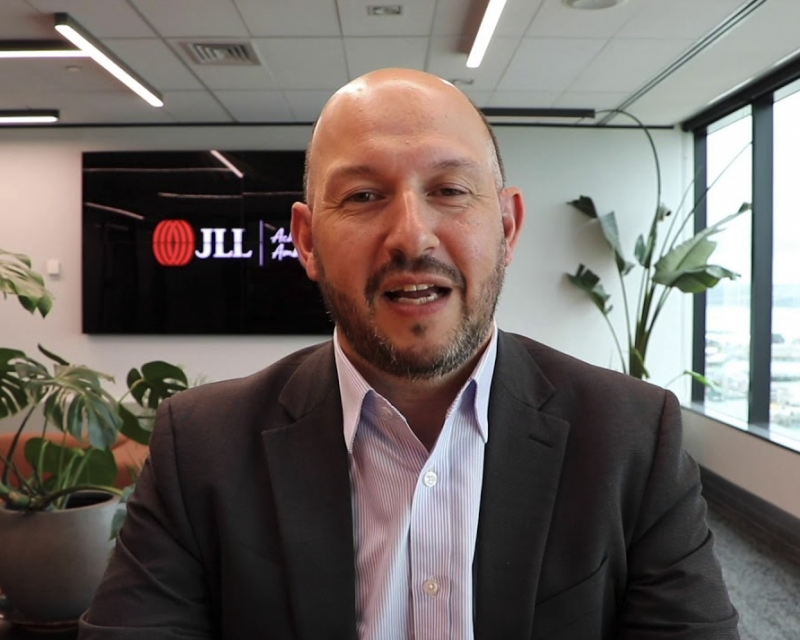Typically, ‘mom-and-pop’ investors have supplied the bulk of our rental stock, but the build-to-rent (BTR) model is set to change this.
By most accounts, BTR is booming in Australia, CBRE reported that the pipeline has expanded by 68 per cent over the past year, with 40 projects and the total number of units approaching 15,000 — a new high for the asset class.
As the pipeline continues to expand, the aggregate size of the market grows.
It is currently estimated to exceed $10 billion, with an additional $3-5 billion in projects currently under consideration or at various stages of due diligence, according to CBRE.
The concept of a corporate landlord is foreign to the Australian market, however, industry groups are lobbying state and federal governments to make tax concessions to help grow the blossoming industry.
What is BTR?
While it might be new to Australians, it is business as usual elsewhere around the globe — the model now accounts for one of every five new homes constructed in England.
A BTR developer will construct an apartment building with the express purpose of renting out the units instead of selling them.
Mirvac is one of the larger players in the BTR field, representing 15 per cent of the future pipeline of construction in Australia, according to JLL.
They have what they call a ‘LIV’ model, their first building under this model, LIV Indigo at Sydney Olympic Park, has 315 apartments that are currently 65 per cent leased following its opening in September last year.
Mirvac general manager build to rent Angela Buckley said 70 per cent of their residents are millennials, with 10 per cent over 55.

“More than 60 per cent of our customers are couples without kids, however, shared households represent only 5 per cent of our resident profile so far,” she said.
“Every second household has a pet, but dogs are three times more popular than cats.”
Mirvac has thrown in extra goodies to get tenants on board for the LIV Indigo project, from free white goods, flexible leases, no bonds, onsite property maintenance teams and entire floors dedicated to communal spaces.
It has three other BTR projects in the pipeline in Melbourne and one in Queensland which is their pilot project in partnership with the Queensland government.
The partnership aims to create a new housing model where the government provides a rental subsidy of 25 per cent to key workers such as nurses, teachers and police.
Tax settings play a big role
“Ten years ago, the UK Government saw build to rent as an opportunity to boost housing supply, job creation and economic stimulus in the post GFC landscape,” Buckley said.
“The Government implemented meaningful policy change which led to a flourishing sector. In Australia, build to rent offers the same benefits but we need to update the planning framework in all states that acknowledges and addresses the build to rent model as well as equal tax treatment to other asset classes to make the sector viable and support growth,” she added.
The NSW government has implemented a “fit-for-purpose planning and tax regime,” which includes a 50 per cent reduction in land tax and an exemption from foreign investor surcharges for qualifying projects before 2040.
Buckley said the biggest hurdle to BTR in Australia is the tax regime.
“It’s encouraging to see Victoria also announcing tax and planning reforms that move towards equalisation of tax,” she said.
“If the build to rent sector is to reach its full potential, we need all states and the Federal Government to follow suit with meaningful policy change that creates a level playing field between all asset classes when it comes to tax treatment, as well as planning reform,” she added.

JLL head of build to rent – Australia and New Zealand Paul Winstanley said more could be done by the other states.
“Additionally, it would be very welcome indeed were the Federal Government to show broader national support to the BTR sector by supporting a reduced withholding tax requirement to 15 per cent from 30 per cent for Managed Investment Trust,” he said.
“This would represent the same tax treatment as Purpose Build Student Accommodation (PBSA) which is a very similar commercial residential asset class in our view.”
Interest in large-scale BTR investment and development in Australia from domestic and overseas capital is growing at pace, according to Winstanley.
“With the growth of Living Sectors as legitimate competition to traditional core sectors of office, retail and industrial globally, regionally and in Australia investors from all around the world are seeking prime location opportunities to gain a foothold in Australian BTR,” he said.
Recently, Canadian-based Oxford teamed up with Investa for the first build to rent building in the Sydney CBD.
“The residential market in Australia has been rapidly evolving in recent years, particularly in cities like Sydney where housing affordability is a persistent issue,” Oxford head of Australia Alec Harper said.
“The emerging build to rent sector offers a more a customer focussed and flexible solution.”
COVID-19 has accelerated growth
The pandemic has been a positive for BTR, according to Winstanley, particularly in terms of growth in domestic and overseas investor interest in accessing the sector in Australia.

“The underlying demographics in Australia which will support BTR were already strong, however, the pandemic has exposed the inherent risk in other real estate sectors – particularly office and retail – and is encouraging more investment in alternative sectors,” he said.
“BTR (or Multifamily housing as it is known in some parts of the globe) is the highest profile and most prevalent Alternative investment opportunity in the world presently.”
BTR to create more housing diversity
Winstanley said with expected population growth over the coming decade, we need to create more housing diversity and choice.
“Housing options must be wider than simply private renting or home ownership,” he said.
“We need a wide range of housing solutions including social housing, affordable housing, private rentals from individual investors, BTR from large-scale investors, shared ownership/shared equity and outright home ownership,” he commented.
Buckley agrees, saying the build-to-rent model offers a third housing choice.
“Property is cyclical and build to rent is counter-cyclical, enabling our industry to conduct development activity throughout all markets, which will only assist affordability by offering increased security, choice and consistent through cycle supply,” she said.
“Providing more stable asset classes is critical for long-term viability, particularly as we look to recover from the economic shock of COVID-19,” she commented.
Buckley said investors will be in it for the long-term, treating the asset as a commercial office building, which will give residents confidence their buildings, and by extension, the apartments, are not sold off.
“They could be sold to another investor as a whole asset, but owners will never sell individual apartments given that the key value proposition for our customers is that we are providing security of tenure, delivered through onsite, professional management,” she said.
In NSW, the tax benefits require a 15 period without subdivision, but questions remain as to what happens when this period elapses.
Affordability a potential concern
A 2017 study from JLL found that in the UK market, on average, BTR developments achieved a rental premium of 11 per cent over their respective local markets.
Rents for Mirvac’s Liv Indigo is above the suburb median, with a three-bedroom, two-bathroom available for $1070 a week and a two-bedroom going for $855.
“A common misconception is that BTR represents luxury apartments, built for a high-end demographic but this simply isn’t true,” Buckley said.
She pointed to their pilot program with the Queensland government as an example of this in practice.
Winstanley feels there is room in the market for high-end and affordable BTR projects but noted it is crucial that “the market and Government are educated that these are different products to solve different problems in the housing spectrum”.
Australian build to rent developer, Assemble, recently partnered with the national not-for-profit housing provider, Housing Choices Australia, to manage community housing across its future projects.
Housing Choices Australia will manage and allocate tenants within the low-income housing component of each BTR community, comprising at least 20 per cent of the dwellings delivered.
“Build to rent is a scalable model, and when executed to its best effect, it has the potential to meet our nation’s demand for secure-tenure affordable housing,” Assemble managing director Kris Daff said.
“We see mixed-income communities as a blueprint for the future of Australian housing,” Daff added.







